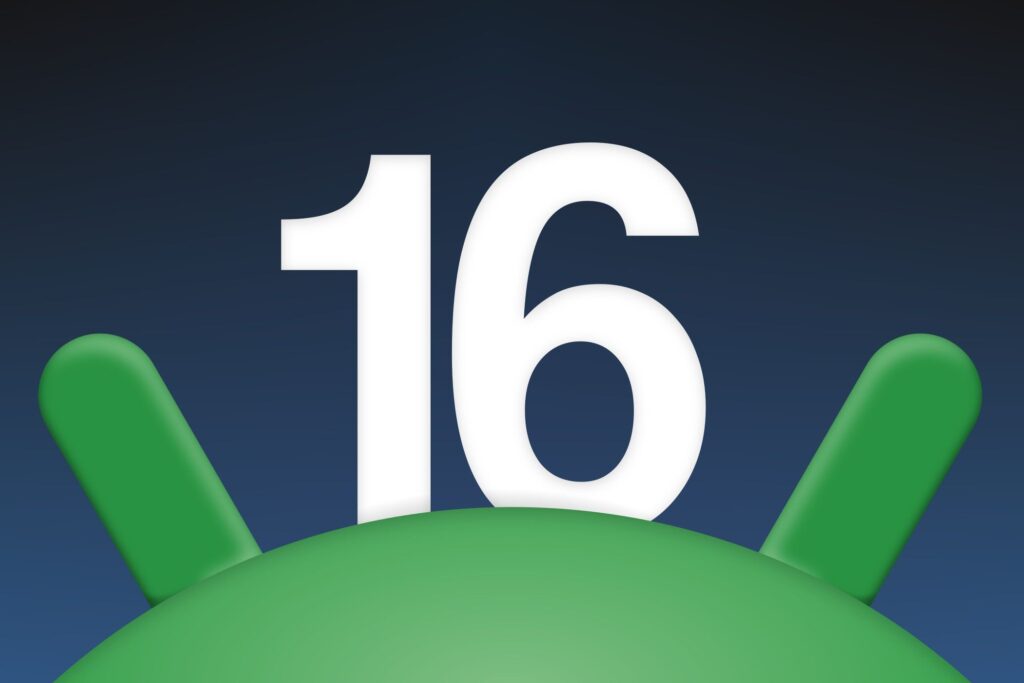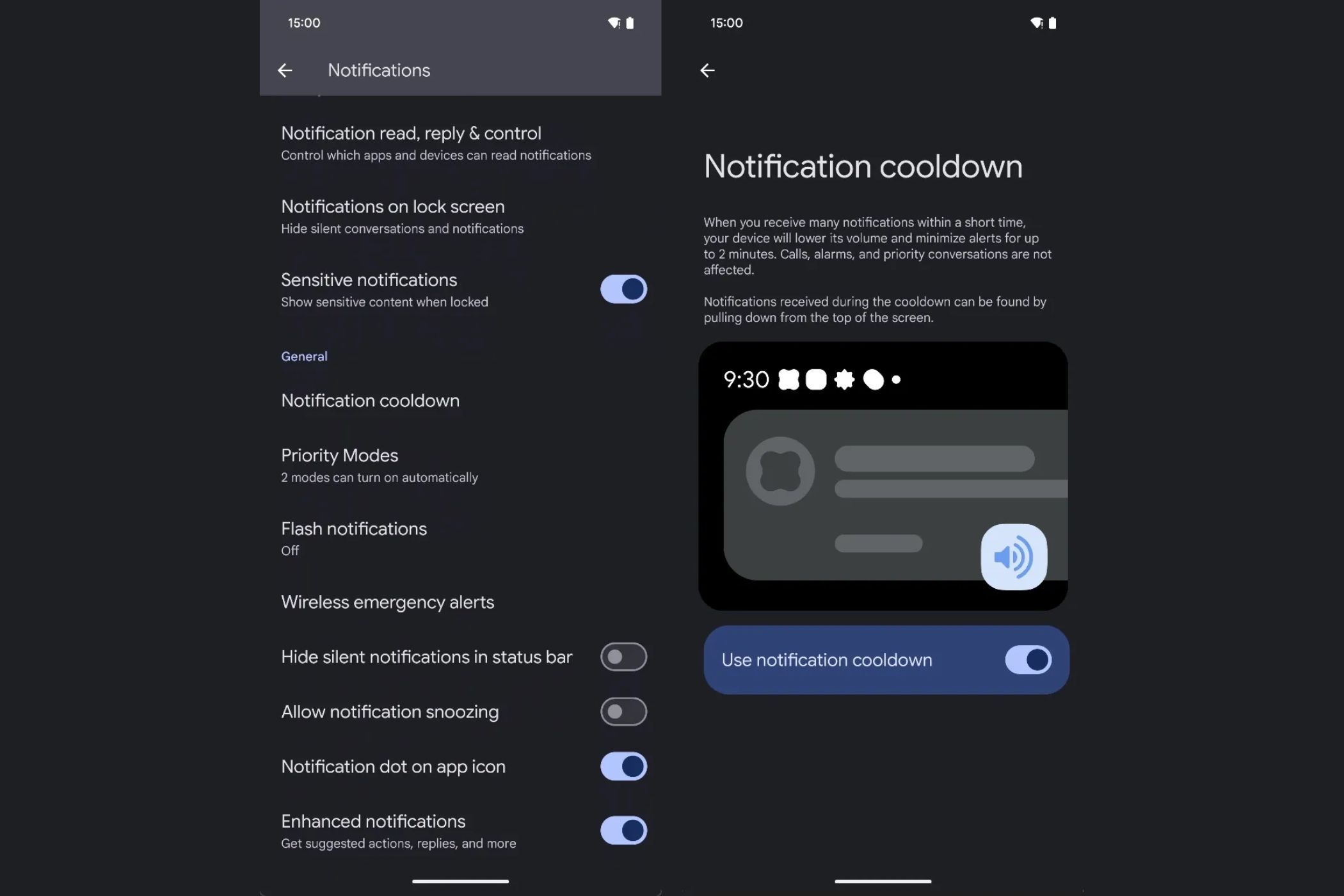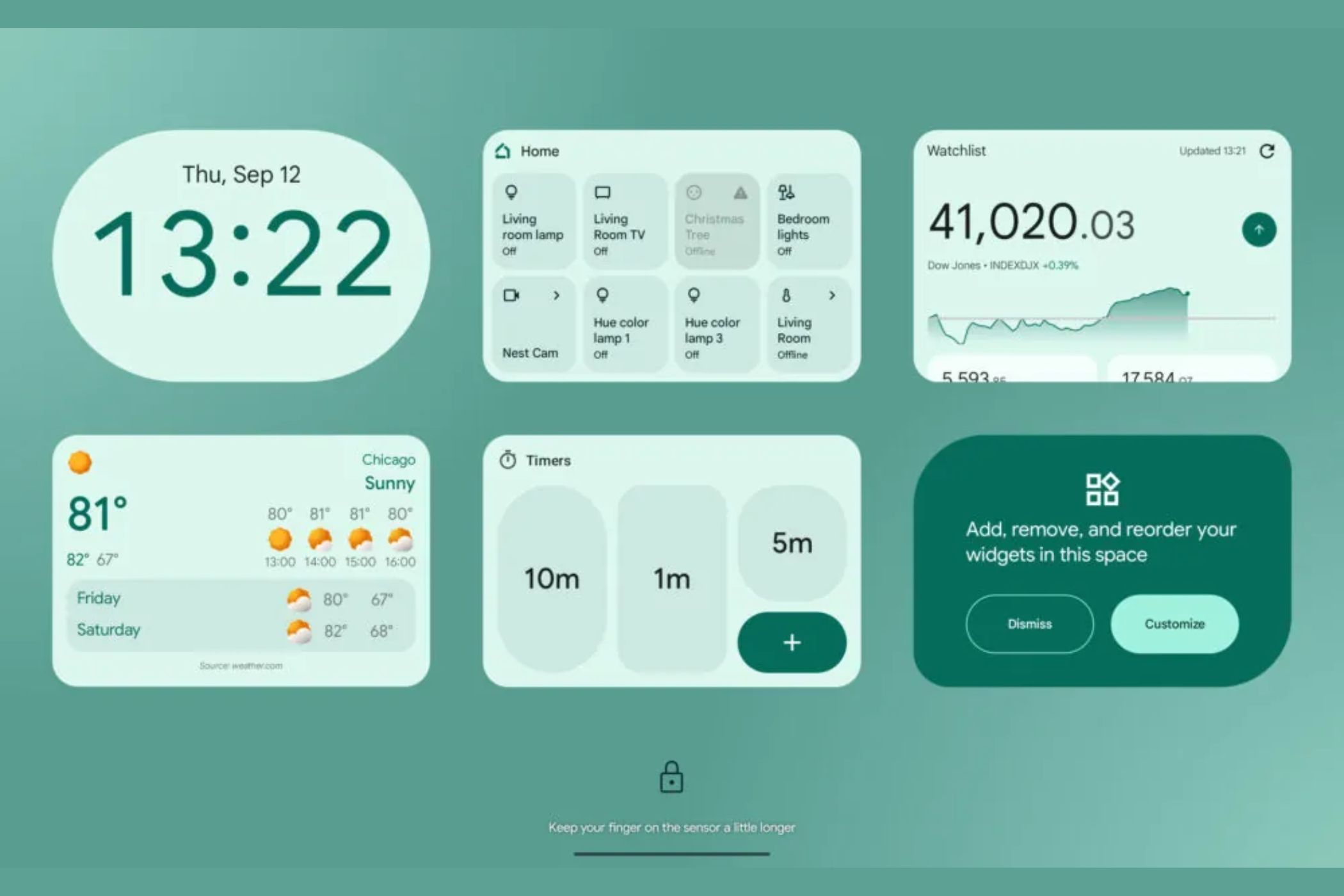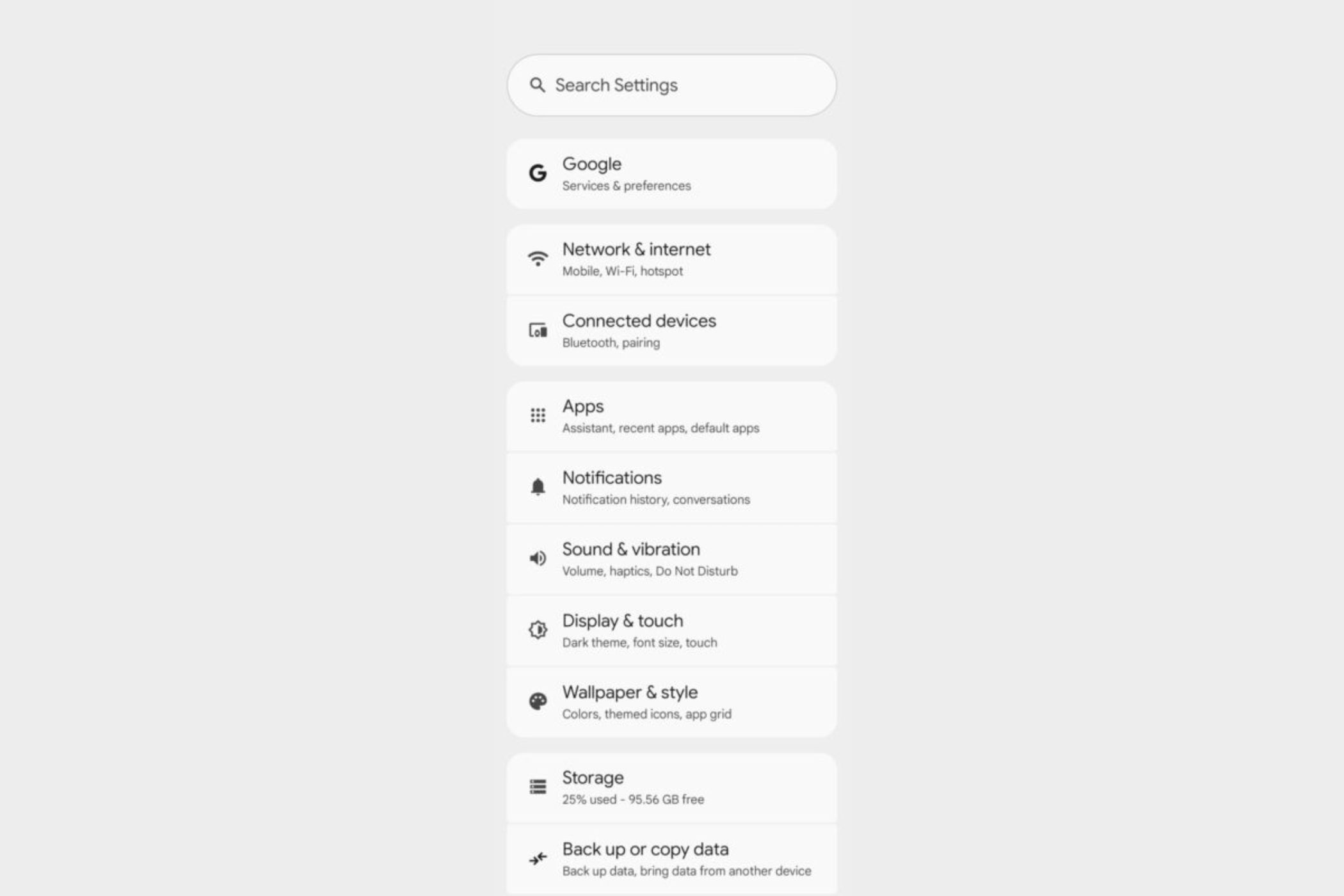quick links
-
Improved notification management
-
Custom Do Not Disturb Profile
With Android 15 out now, you might think that you’ll be happy with it for a while. But thanks to the work of some talented people, we’re already getting a glimpse of what Google has in store for Android 16, which is expected to debut in 2025.
None of these features have been confirmed, but they were discovered by Mishaal Rahman in the Android 15 QPR1 beta, and they definitely got me excited. Here are five features you can (and should) expect from Android 16.
1 Improved notification management
If you own multiple Android devices, you’ve probably experienced a flood of notifications when you turn on your device after not using it for a while. As soon as you connect to the internet, you’ll be bombarded with old notifications that you’ve already seen on other devices. That can be overwhelming, right?
Android 16 may modify how the system handles these older notifications based on changes introduced in Android 15 QPR 1 Beta 2. With that update, Android started rejecting notifications older than two weeks. Instead of sending you an alert, the system just shows you a quick summary, just enough to let you know which apps or contacts to check. However, there are no sounds or vibrations, and no full notification details to clutter the screen.
This feature in Android 16 could solve a lot of headaches and make your notification feed cleaner and less distracting.
2 notification cooldown
We’ve all experienced how our phones buzz like crazy when we receive a ton of notifications from the same app. I get easily distracted, especially when I’m doing something. Android 16 may bring back a feature that could help with this: notification cooldowns.
This feature was originally introduced in Android 15 Developer Preview 1 and was designed to reduce the volume of consecutive notifications from the same app. So instead of your phone turning off at maximum volume every time, notifications will gradually become quieter, allowing you to control the situation even if you experience a large number of pings in a short period of time.
Although Google removed this feature in later Android 15 betas, there is evidence in Android 15 QPR 1 Beta 2 that notification cooldowns were not completely abolished. If this were introduced in Android 16, it could literally go a long way in reducing noise when you’re trying to stay focused.
As a Nothing Phone 1 user, I rely on lock screen widgets for quick access to features like QR code scanner, quick share, and hotspot. So we’re excited to see Google bring them back in Android 16, even though they seem limited to tablets at the moment.
Lock screen widgets disappeared in Android 5.0 Lollipop in 2014. Still, Android 15 QPR 1 Beta 2 reintroduced it to Pixel tablets, allowing users to customize and access it by swiping from the right edge of the lock screen.
Android 16 is still in development, so we hope Google extends this feature to phones as well. I miss lock screen widgets on the new Pixels, so bringing them back would be a great addition.
4 Custom Do Not Disturb Profile
If you’re like me, you’ve probably fumbled with your Do Not Disturb (DND) settings many times, trying to find the right balance between peace and accessibility. Android 16 may introduce fully customizable DND profiles (as evidenced by their inclusion in the Android 15 QPR 1 Beta 1 update). This gives you control over everything from grayscale mode and dark theme to always-on display and wallpaper dimming.
You can also create your own preferred mode to receive specific notifications based on your preferences. It’s similar to the iPhone’s Custom Focus Mode, but with a classic Android twist.
Android 16 may finally bring the long-awaited redesign of the Settings menu that was first hinted at in Android 15 Beta 3. Although not rolled out in later betas, the new layout appeared in Android 15 QPR. 1 Beta 2 suggests it’s fully possible with Android 16.
So what has changed? Instead of a long list of options that can be overwhelming, similar settings like “Security & Privacy” and “Location” are grouped together in one tile. These grouped tiles are even more clearly differentiated so you can easily find what you’re looking for. When this design becomes standard in Android 16, navigating through your phone’s settings will be smoother and more intuitive, eliminating extra taps and scrolling.
With a year left until Android 16’s release, there’s a good chance Google has more features in the works. The future looks exciting and I can’t wait to see what else is in store.





